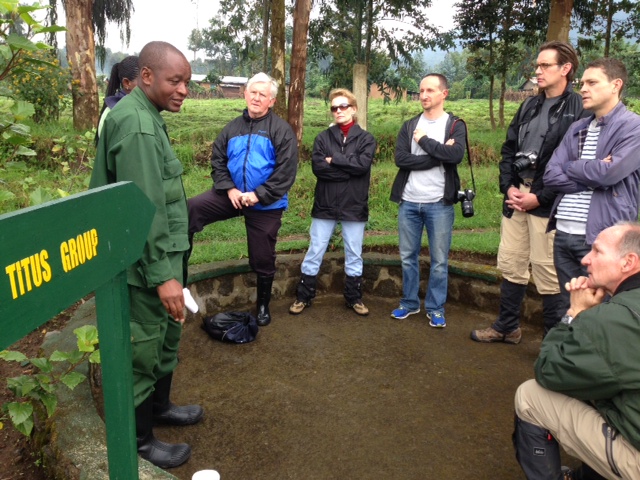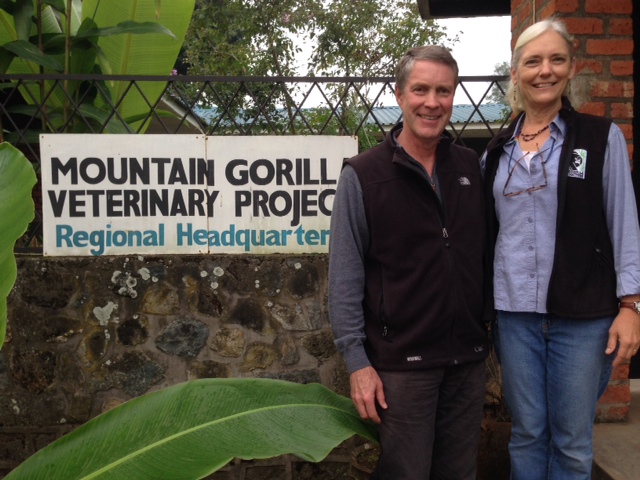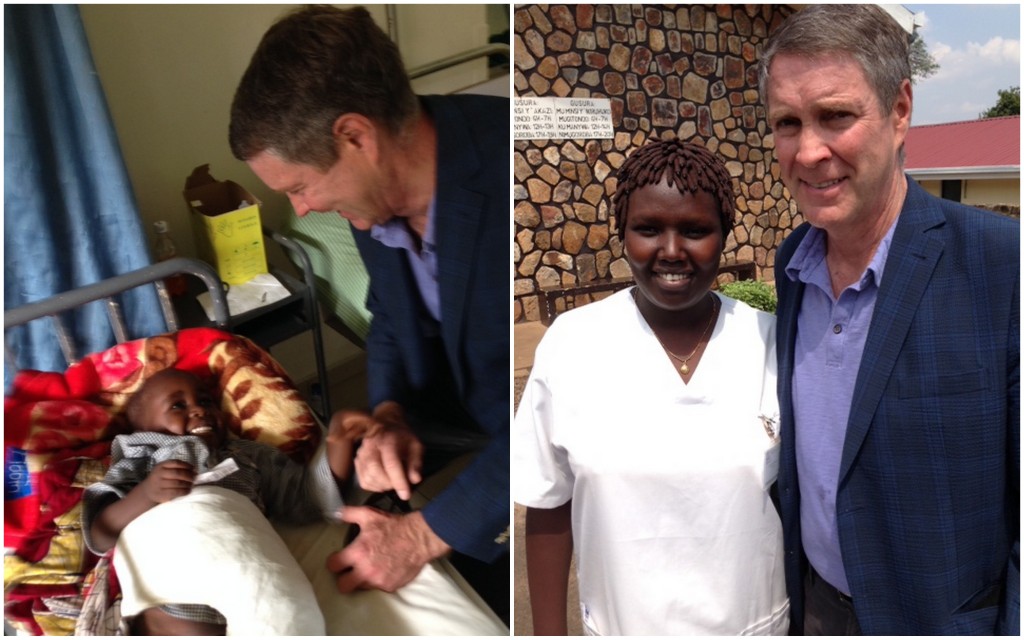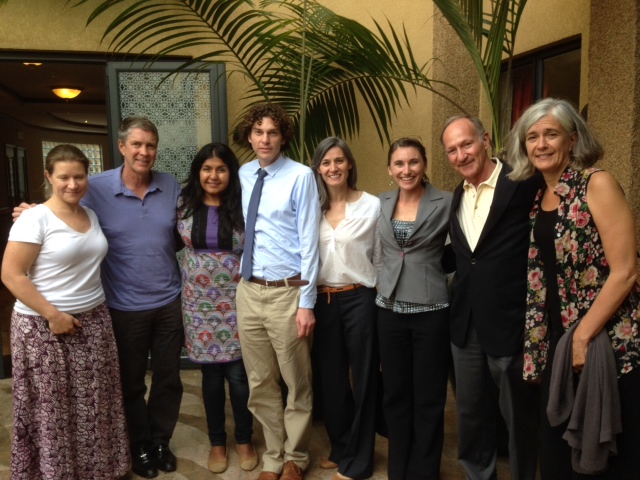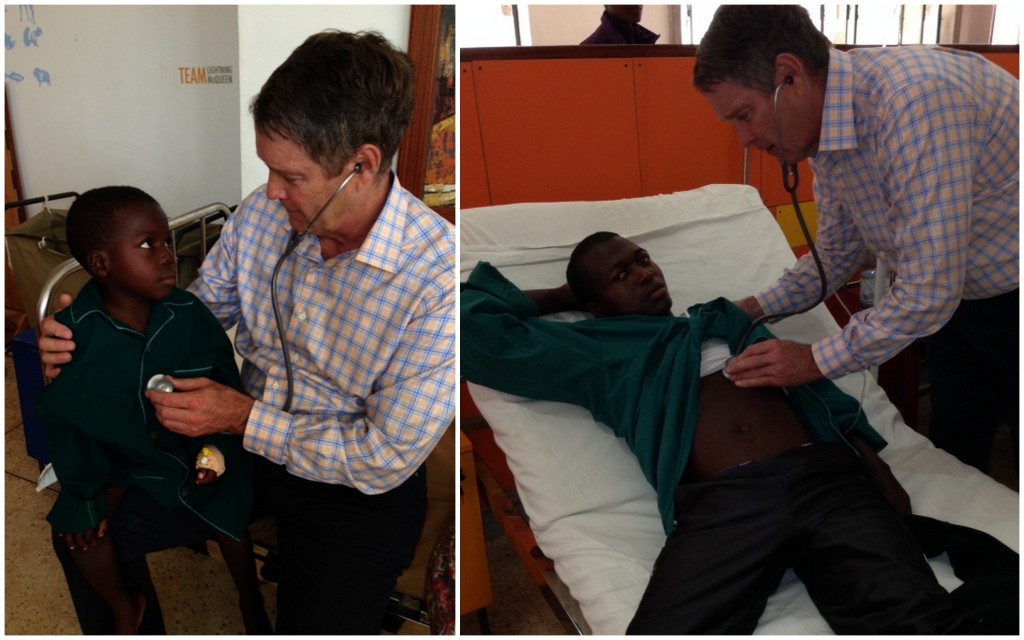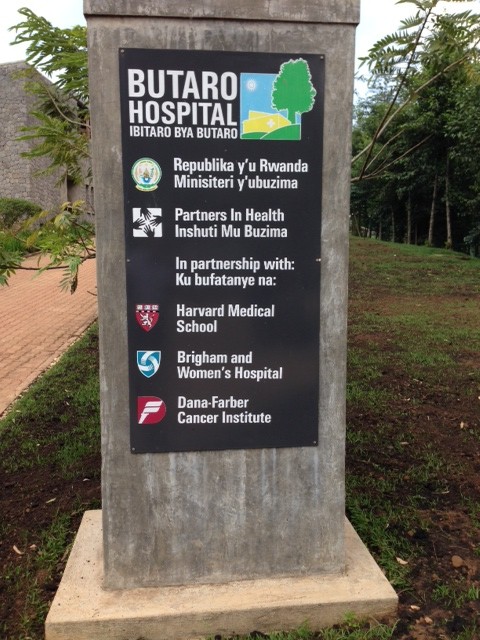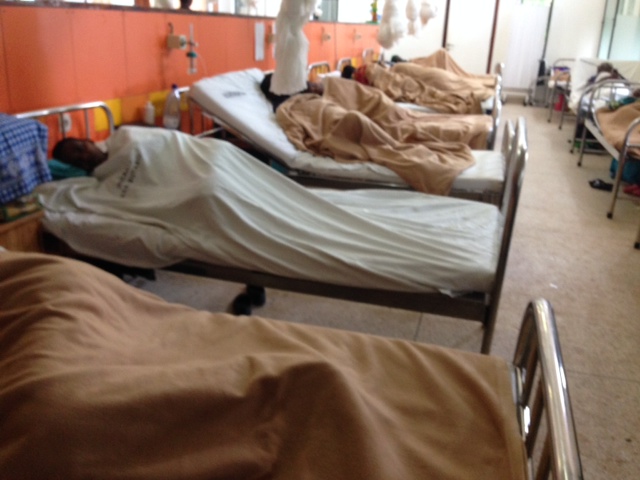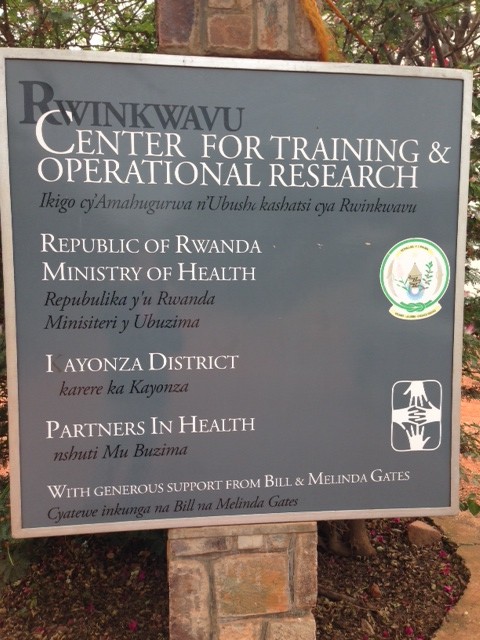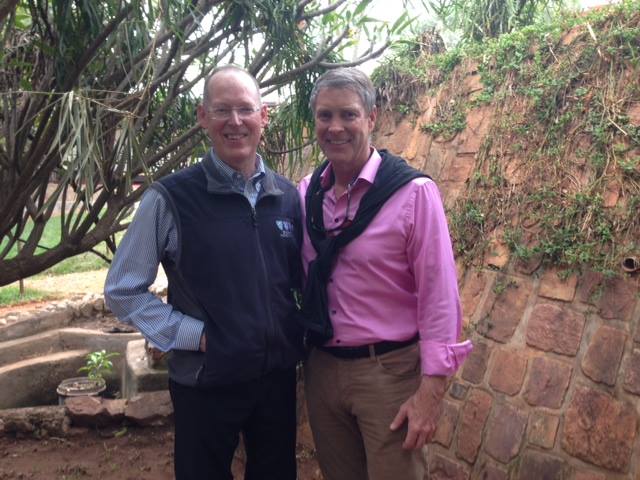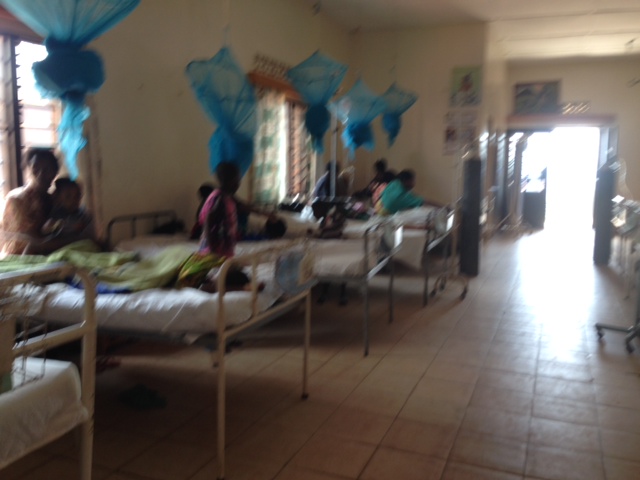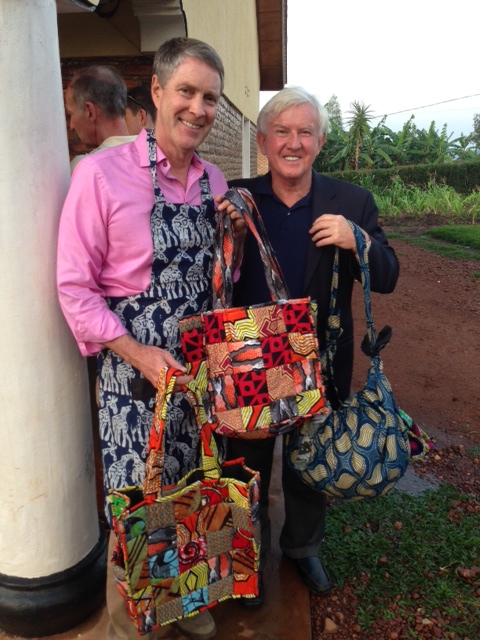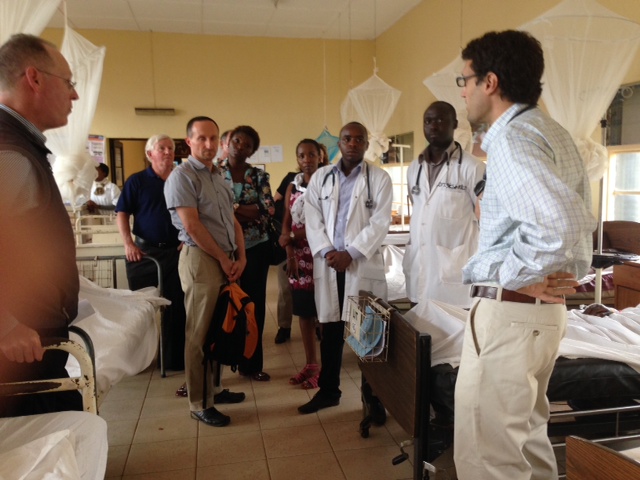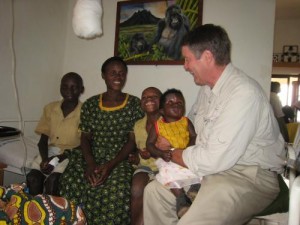(Health Affairs, August 14, 2013)
By Bill Frist, M.D. and Tom Daschle
Three years after the passage of the Patient Protection and Affordable Care Act, popularly known as “Obamacare,” scholars and political pundits have paid much attention to the macroeconomic effects of the law. Will Obamacare bend the health care cost curve? What will be its impact on the federal budget deficit? How will it affect the bottom lines of small businesses and the economic security of the middle class?
When it comes to these questions, one can find a wide disparity of opinions among analysts, physicians, and even the authors of this commentary. But when it comes to the microeconomic ramifications of Obamacare — the effects the law will have on the business of delivering health care, especially in the non-hospital setting — there is little uncertainty: change is coming. As tens of millions of previously uninsured Americans obtain coverage, thereby allowing many to shop for doctors for the first time, the health care market will grow dramatically. Physicians thus will need to find ways to extend their capacity so that they can take advantage of this unique opportunity to expand their practices.
As the fee-for-service model continues its decline — and physician reimbursements come to be based on the quality, not quantity, of care — providing preventive care and promoting wellness will become a business, and not just clinical, priority. Meanwhile, Americans will take more ownership over their health care as they obtain insurance, face higher deductibles, and gain more knowledge through newly available price and quality information. Physicians will need to foster closer individual relationships with patients and prioritize not only cost efficiency, but also customer service, much in the way other businesses have in increasingly competitive retail sectors.
In this post, we outline the upcoming opportunities and challenges Obamacare is likely to present for physicians. We describe how physicians might adapt accordingly and suggest an embrace of emerging technology as a key element of success in the post-Obamacare practice.
Changing Physician Reimbursement
A key concern of health care policymakers remains the skyrocketing cost of care. The leading target of reformers is the outdated fee-for-service model, which creates incentives for doctors to provide more costly — and sometimes unnecessary — care. Indeed, studies show that hundreds of billions of our health dollars are spent each year unnecessarily. The lack of adequate transparency, a volume-driven payment system, defensive practices, prohibitive administrative costs, and the lack of adequate chronic care coordination are some of the reasons why.
In March 2012, the National Commission on Physician Payment Reform (of which Sen. Frist was a co-chair) recommended the abandonment of the fee-for-service model. Frist argued that the model is “the major driver of higher health care costs in the United States [because it] contains incentives for increasing the volume and cost of services (whether appropriate or not), encourages duplication, discourages care coordination, and promotes inefficiency in the delivery of medical services.”
Policymakers encapsulated this perspective in Obamacare, and Medicare has joined the private sector in pursuing initiatives designed to improve efficiency. The Center for Medicare and Medicaid Innovation, for example, is poised to serve at the cutting edge of delivery models that will gradually erode the fee-for-service structure under Medicare. Already, according to the New York Times, “an estimated 428 accountable-care organizations now cover four million Medicare enrollees and millions more people with private insurance.” Indeed, evidence is mounting that payment arrangements that reward outcomes are already helping to slow the cost of care.
In time, we expect the fee-for-service model under which many physicians have worked their entire careers to no longer dominate, and for accountable care organizations and patient-centered medical homes to proliferate. The economic incentives that have guided physicians as they have built their practices will change dramatically. Instead of being rewarded for the quantity of care they provide, doctors will operate under a payment structure that emphasizes preventive care and patient wellness.
This era of “person-focused medicine” will require doctors to form closer, stronger relationships with patients — not only to tailor wellness plans to each individual, but also to ensure that patients are taking the steps necessary to enhance their own health, such as taking medications or following dietary recommendations. No longer will it be enough to simply see a patient once a year for a checkup.
Indeed, physicians will need to form these stronger relationships not only for the health of their patients, but also for the health of their own practices. As the prominence of employer-provided insurance continues to decline, and high-deductible and defined-contribution plans continue to grow in popularity, patients will inevitably become more price-sensitive. Americans are becoming more motivated to seek greater value in health care. With the implementation of Obamacare, they will become more informed about their options. This represents a potential challenge for physicians working under the ACO model, for whom doctor shopping represents a direct threat to the bottom line.
The Growing Demand For Care
At the same time, most models estimate that, with the help of government subsidies, some 7 million previously uninsured Americans will acquire coverage in the first year after health care exchanges launch in October, with tens of millions more to follow over the next five years. Groups like Enroll America, which Sen. Daschle is involved with, will help to usher the uninsured into the exchanges, providing them with information to help them pick the appropriate plan for their needs. With greater ability to afford regular health care, these new health care consumers represent an enormous opportunity for physicians to grow their practices.
Physicians would do well to respond to these changes by building deeper relationships with each individual patient and striving to deliver excellent customer service. But, at the same time, the entry of tens of millions of new consumers into the health care marketplace threatens to put a severe time strain on physicians.
Evidence suggests that the demand for physicians already outstrips supply. State-level studies compiled by the Association of American Medical Colleges (AAMC) found alarming doctor shortages across the country, a problem that is already worsening due to a growing and aging American population. Add in the expansion of the health care market brought about by Obamacare, and the AAMC estimates that the United States will likely face a shortfall of 63,000 doctors by the year 2015, and 130,000 doctors by the year 2025.
The challenge, then, is clear. Physicians will have to find a way to expand their practices to handle more patients, while at the same time forging closer relationships with them in order to improve the health outcomes upon which reimbursements increasingly will be based. Many health care experts argue that physicians can increase their patient load capacity through team-based organizational models; others have looked to the enhanced scope of practice approaches that have increased the roles of nurses, nurse practitioners, physician assistants and pharmacists.
Technology as a physician extender. These changes can help, but we believe that advances in smartphone technology, cloud computing, data analytics, and other innovations have put us in a place where technology can play a necessary and critical role in meeting these challenges. Unlike expensive new scanners and tests, the information technology required to meet patient demand is inexpensive and easy to incorporate into a physician’s practice. Over time, it should save money, not cost money.
For instance, technology can eliminate inefficiencies that plague physicians’ business operations (especially small practices). Online scheduling can help avoid revenue losses by filling appointments more efficiently. Physicians who regularly see 10 to 20 percent of their appointments turn into no-shows could make use of previously wasted time by putting appointment books online. Other advances in information technology can free up time currently spent on paperwork, patient follow-up, and other administrative tasks so that physicians can focus on the actual work of providing health care. And, as we have written, health information technology will be particularly important as physicians evolve their practices to account for new delivery and payment models.
From information technology that makes the operation of the physician’s business more efficient; to telemedicine that can allow physicians to assess a rash or read an MRI without scheduling a visit; to consumer electronics that allow patients to collect their own data and physicians to tailor care to each individual — these advances can serve as extremely effective “physician extenders” that assist physicians in expanding their capacity to match growing demand. They can help physicians build the kind of strong patient relationships that many thought would be impossible when the era of house calls came to an end.
Patients too are increasingly expecting these conveniences. Recent studies found that the majority of Americans plan to use social media and the Internet to find and review care providers, to check their symptoms, or to track their own health data. Mobile health and medical applications for smartphones are predicted to reach 142 million downloads by the year 2016. Large majorities of Americans report that they would like far more transparency, online scheduling, and email communication with care providers, as well as access to an electronic medical record to review information and email reminders when they are due for a visit. They also want the opportunity to receive diagnostic test results via email.
In addition, patients report that they will act on these preferences. A PriceWaterhouseCooper’s Health Research Institute study asked patients what would guide their choice between two physicians with equivalent reputations. The top answer was, unsurprisingly, cost, at 20 percent. But 19 percent answered that they would choose physicians whose offices were more technologically advanced. In particular, 59 percent of “Generation Y” patients say they would switch doctors for one with better online access.
Finally, as mentioned above, the movement away from fee-for-service will create a further need for physicians to use technology to efficiently forge a close relationship with patients. In many of these coming models of care, if a patient under a physician’s care decides to leave his or her medical home or accountable care organization to seek other care, the physician will be responsible for those expenses. Similarly, if a patient with a chronic condition does not follow practice guidelines to stay healthy, this could have financial (as well as clinical) consequences that the physician would have to face. In such a world, new advances in patient communications and health monitoring are critical for providers.
Change And The Need To Adapt
In sum, physicians need to expand their capacity in order to take advantage of the coming market transformation. They need to encourage patients to take ownership of their health care to secure outcomes under new reimbursement models. And in this era of doctor shopping, they need to provide the service patients are looking for.
Change is coming to the business of health care. In order to survive – and thrive – under Obamacare, physicians must adapt. And as they seek to do so, technology can be a critical asset.
Technology cannot eliminate all the uncertainty that comes with a major change in federal health care policy. Physicians must demonstrate resilience, innovation, collaboration, and leadership in the face of new developments. And they must remain engaged in the public policy sphere as the implementation of Obamacare proceeds.
But technology can play a critical role as physicians seek to adapt their practices to the new landscape. This entails delivering customer service that inspires patient loyalty, offering new options for partnering with patients to achieve better outcomes, and expanding physicians’ capacity so they can take advantage of the coming influx of new patients.
While physicians may be hesitant to embrace the emerging economic reality of health care in America, we urge them to embrace the technologies that will help them succeed in the new reality.
This article was originally featured on the Health Affairs http://healthaffairs.org/blog/2013/08/14/technology-and-the-changing-business-of-health-care/





